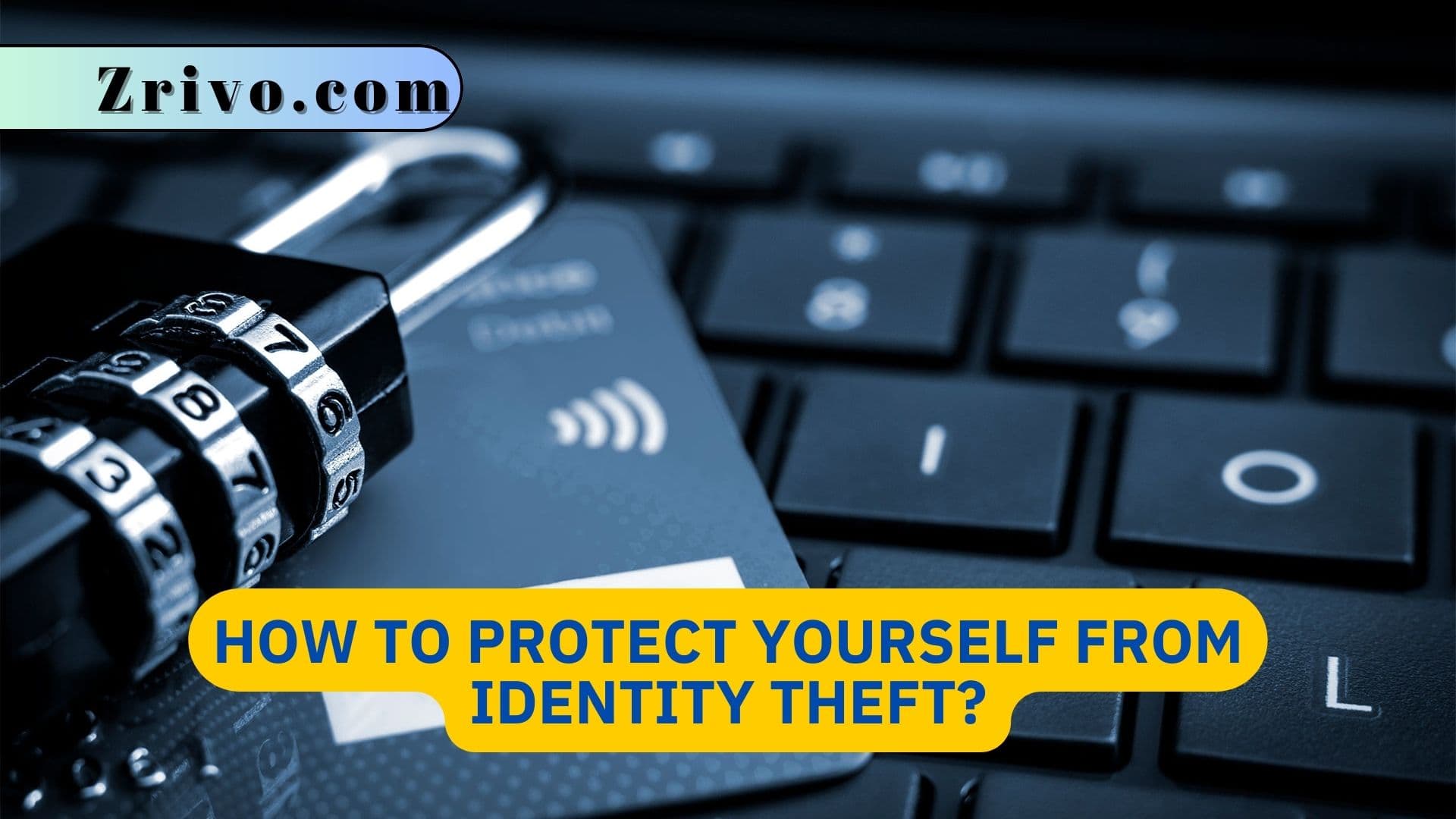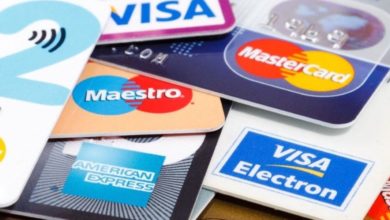How to Protect Yourself From Identity Theft?
Even the most diligent consumers can fall victim to identity theft, but there are steps they can take to help prevent it from happening in the first place. By learning how identity theft works and taking a few basic precautions, consumers can protect their personal information and financial accounts from potential thieves.

Essentially, identity theft involves stealing your personal identifying information (PII) like your legal name, birthdate, address, Social Security number or another identifier, credit card and bank account numbers, physical checks, and other financial information and committing fraud in your name. They can take out loans, open credit cards, and even file fraudulent tax returns or claim phony health insurance benefits in your name. Oftentimes, they only need your PII to get started, and once they do, it can be very hard to reverse the damage. One of the biggest ways to protect yourself is to be vigilant about suspicious emails and websites that ask for passwords or other private information.
Criminals frequently use social engineering techniques like phishing to trick unsuspecting victims into opening attachments or visiting infected sites that install malicious software like keyloggers, which log every single keystroke you make, giving criminals access to passwords and account information. Always be skeptical of links in email messages, and never type your username or password on an unfamiliar login screen. Also, be sure to set up card alerts from your financial institution that notify you of transactions over a certain amount or when the card is used overseas or at an ATM.
Other measures include avoiding leaving important documents lying around, especially in plain sight, and only carrying the essentials in your wallet. Thieves can easily dig through your trash or recycle bin to find sensitive documentation and receipts that may help them piece together your identity. Be sure to shred documents and receipts that contain any personal or financial data before throwing them away or recycling them. You can also limit the amount of paper you receive by signing up for electronic statements with your financial institutions and by only receiving bills and statements in the mail.

Tips for Identity Theft Protection
The good news is that you can protect yourself from identity theft in many ways. The old-fashioned tactics of crooks stealing wallets or raiding mailboxes still exist — along with modern electronic methods such as card skimmers that can copy swiped credit and debit cards.
You should always check your online and phone account balances regularly, as well as governmental documents like tax forms, utility bills, health insurance statements, Social Security and Medicare statements, and more. You should also check your credit report. Consumers are entitled to three free credit reports per year, which can help you spot suspicious activity.
Criminals can use your personal information to commit a wide range of crimes, including applying for credit cards or loans in your name, making purchases, or using government benefits like unemployment checks, healthcare, and food stamps. They may even file false taxes. Identity theft can be a major pain in the neck to get through and clear up, so it’s important to make every effort to prevent it from happening in the first place.
Your physical mail is a goldmine for thieves, as it often contains sensitive information such as new credit card offers, medical and banking statements, social security cards, and other government IDs. You should shred any paper or mailed documents that contain such information, and you should also sign up for Informed Delivery through the U.S. Postal Service, which will let you see a preview of your mail before it arrives so that you can immediately recognize any unusual items.
If you do receive suspicious documents, report them. File a police report and contact your creditors to alert them of the issue. It’s also a smart idea to invest in a lockable mailbox, which can be purchased from a variety of hardware and home improvement stores. You should also have a password manager and two-factor authentication (2FA) on your computer, smartphone, and other devices. This helps keep hackers from accessing your accounts and wreaking havoc.
Limit how much personal information you share on social media and online marketplaces. Your home and email address, children’s names and birthdays, pets’ names, and other identifying information can be used by resourceful fraudsters to impersonate you or hack into your accounts. Similarly, you should never carry your Social Security card in your wallet.





